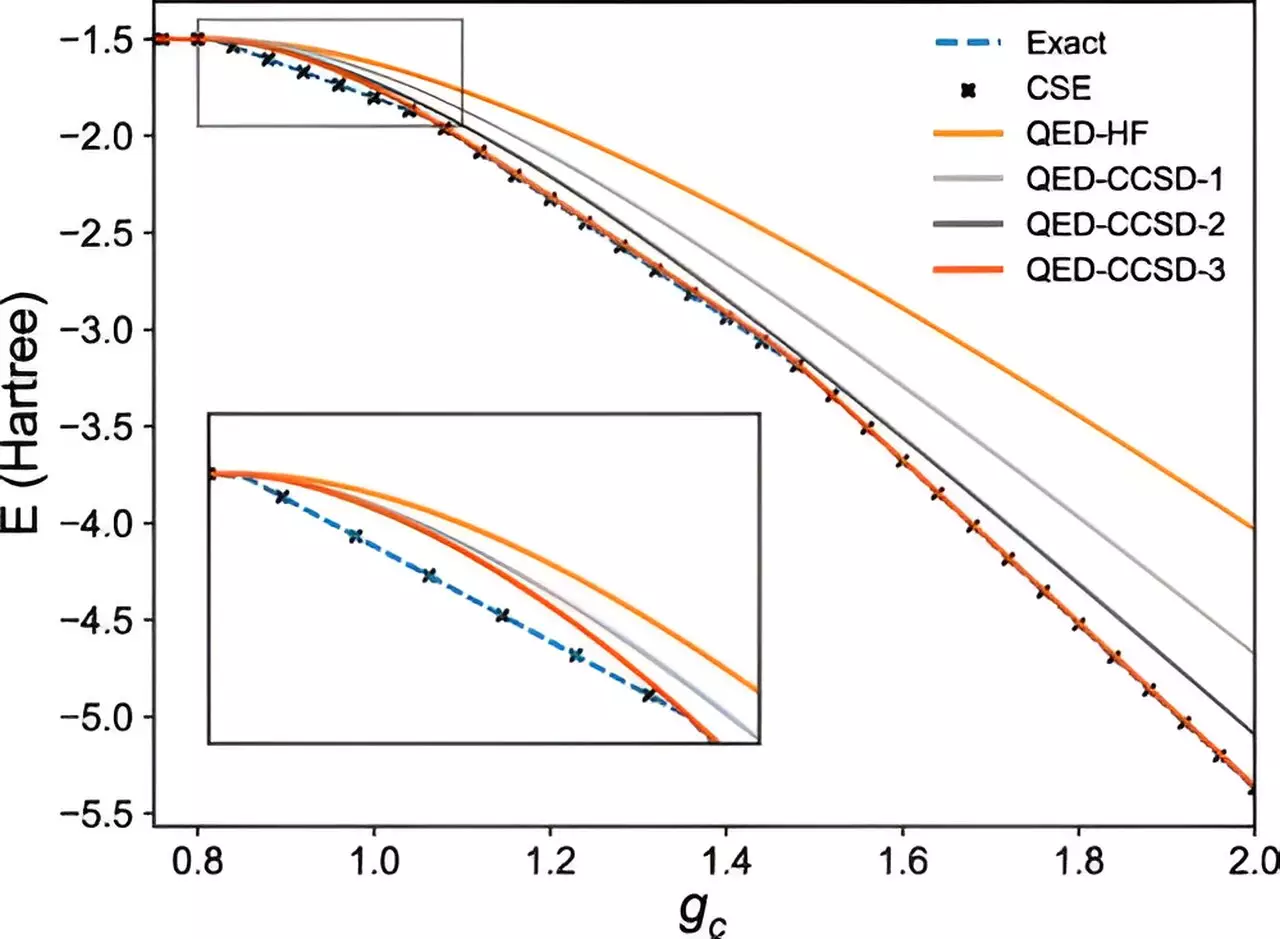Recent research conducted by the University of Trento and the University of Chicago has shed light on the complex interactions between electrons and light. By proposing a generalized approach to understanding these interactions, the study paves the way for advancements in quantum technologies and the discovery of new states of matter.
In the realm of quantum chemistry, a deep understanding of how quantum particles interact is essential for uncovering new molecules and materials with potential technological and medical applications. When molecules or compounds come into contact with light, their physical properties can undergo significant transformations. This has given rise to the emerging field of polaritonic chemistry, which seeks to catalyze chemical reactions using light. By gaining control over light-matter interactions, researchers can manipulate and synthesize quantum matter in novel ways.
The study of quantum systems presents unique challenges due to the involvement of various elements such as electrons, photons, and phonons. Calculating the wave function of a complex quantum system, which contains crucial information about the particles’ behavior, is a daunting task. Researchers often make hypotheses that need to be tested experimentally to validate their theories.
A team of scientists led by Carlos Leonardo Benavides-Riveros and David A. Mazziotti has developed a theoretical framework to predict interactions in many-body quantum systems. Their approach, known as an “ansatz,” is designed to handle systems comprising multiple types of quantum particles, including electrons, photons, and phonons. By simulating a universal quantum algorithm on an IBM quantum computer, the researchers achieved zero theoretical error, showcasing the efficacy of their methodology.
The researchers’ breakthrough not only enhances our understanding of quantum systems but also unlocks new possibilities in the field of quantum computing. By leveraging the ansatz approach, quantum computers can now model complex molecular problems related to light-matter interactions. This has significant implications for polaritonic chemistry and other areas where quantum phenomena play a vital role.
The study’s findings pave the way for further exploration of the states of matter and the influence of different quantum particles on their properties. As Carlos Leonardo Benavides-Riveros points out, natural quantum systems rarely consist solely of electrons, underscoring the importance of considering other particles like photons. By applying a universal framework to analyze these systems, researchers can unravel the intricacies of their wave functions and gain insights into their physical characteristics.
The groundbreaking research conducted by the University of Trento and the University of Chicago offers a fresh perspective on light-matter interactions in quantum systems. By developing a versatile approach to studying the behavior of quantum particles, the researchers have opened up new avenues for advancing quantum technologies and exploring the complexities of different states of matter. This study represents a significant milestone in the field of quantum physics and holds promise for future discoveries in quantum chemistry and related disciplines.

